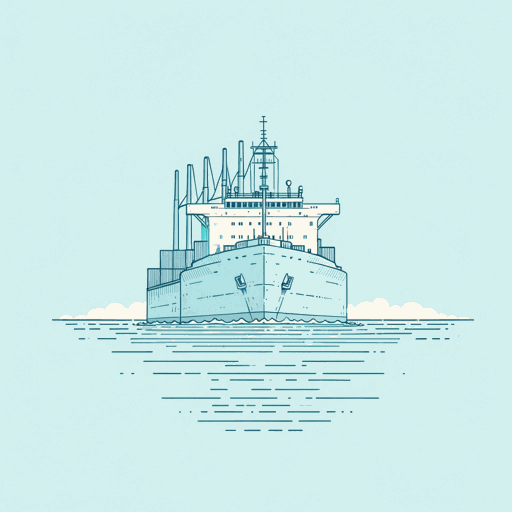60 pages • 2 hours read
Dan EganThe Death and Life of the Great Lakes
Nonfiction | Book | Adult | Published in 2017A modern alternative to SparkNotes and CliffsNotes, SuperSummary offers high-quality Study Guides with detailed chapter summaries and analysis of major themes, characters, and more.
Part 2, Chapters 5-7Chapter Summaries & Analyses
Part 2: “The Back Door”
Chapter 5 Summary: “Continental Undivide: Asian Carp and Chicago's Backwards River”
The Continental Divide separates the sprawling Mississippi River basin from the Great Lakes. Prior to the arrival of European settlers, this divide usually only appeared as a gently sloping hill or marshy swamp. French explorers Father Jacques Marquette and Louis Joliet realized that there was a two-mile section of the Continental Divide around present-day Chicago. If people bridged this section with a canal, they could create a watery navigation corridor from the Gulf of Mexico directly to Lake Erie through the Mississippi River.
200 years later, a crude manmade channel bridged the Chicago divide, thus creating a direct passage for goods to float between the Eastern Seaboard and the Great Lakes, and the Great Lakes and the Mississippi River—all the way to the Gulf of Mexico. Within a decade after the canal’s opening, the city’s population went from less than 5,000 to more than 100,000 people. Ships transported necessities, like grain and lumber, and luxuries, like sugar and whiskey. In the short-term, the canal seemed like a wonderful boon to the city of Chicago, but there were long-term consequences that wouldn’t be understood until well into the 1900s.

